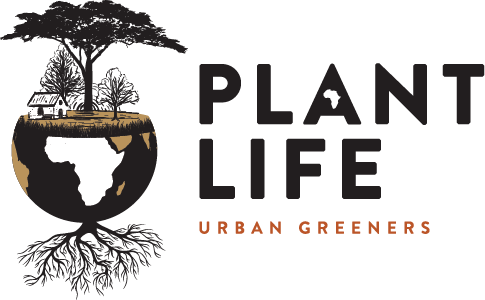05 May Great Indigenous Trees For Small Spaces
Johannesburg is one of the biggest man made forests in the world with over 10 million trees. During spring the jacarandas hold sway. A pashmina of purple draped across the city of gold.
Summer sees a green canopy covering the city, it protects us from the rain and hail and gives us glorious shade while the sun beats down on the street. Soaring stinkwood, pines, giant mulberry tree, palms and massive blue gums dominate the skylines.
When autumn arrives the plane trees (Sycamore) are the first to change colour. Oranges, reds and brown create a patchwork with the exotic evergreens.
Finally in winter the trees reveal their grand architecture. We see the inner workings of the trees, their support structures and skeletons.
Now it’s fantastic if you have the space for all these giants. A large garden or park is perfectly suited to any of these monsters but what if you just don’t have enough land? What if you only have a patio or small courtyard?
Here are 5 indigenous trees that can be planted in pots or in a small area. They have non-invasive roots and their small size means they won’t dominate the space.
1. Olea africana (African olive): These multi-branched trees can be grown as a shrub, hedge or small tree depending on your pruning style. They are water wise and evergreen and their small, silver-grey leaves make a fantastic contrast with yellow leafed shrubs and grasses such as Accorus golden edge or Duranta sheenas gold. They produce fruit which can help attract birds into your garden.
2. Dais cotinifolia (pom-pom tree): This dainty tree is normally found growing in the eastern parts SouthAfrica. It grows to about 6m in the garden and covers itself in soft pink flowers around December. In colder parts of the country it will drop its leaves in the winter but in Johannesburg it may hold on to its leaves throughout the year depending on the severity of the season.
3. Bolusanthus speciosus (tree wisteria): While often multi-stemmed, the tree wisteria can be pruned into a single trunk. Flowering from August to January these fragrant flowers can bring a touch of early colour to your winter garden and then carry on into the new year. In the wild giraffes are known to feed on the seedpods but here in the city you will only be blessed by butterflies.
4. Buddleja saligna (false olive): Similar in appearance to the wild olive, the false olive is a much faster grower. This makes it excellent for screening which is so often a necessity in the city especially in smaller more built up spaces. The false olive is one of the harbingers of spring and its heavy flowers smell divine and promise the coming of summer.
5. Heteropyxis natalensis (lavender tree): This little tree is known more for its leaves than its flowers. The bubblegum/lavender smelling leaves can be used to make a tea and the steam from this concoction is thought to heal a bleeding nose in African traditional medicine. The glossy leaves turn beautiful shades of crimson in the autumn as well as when new leaves first appear.


